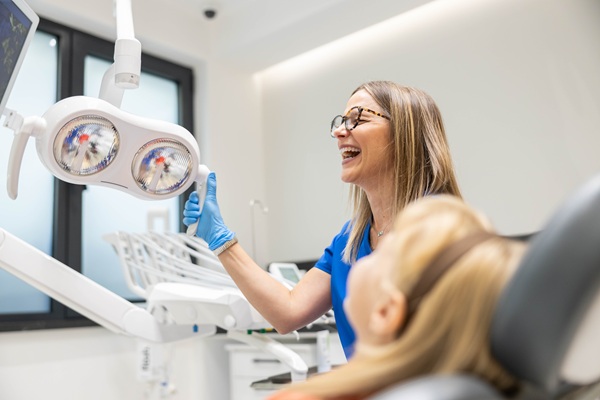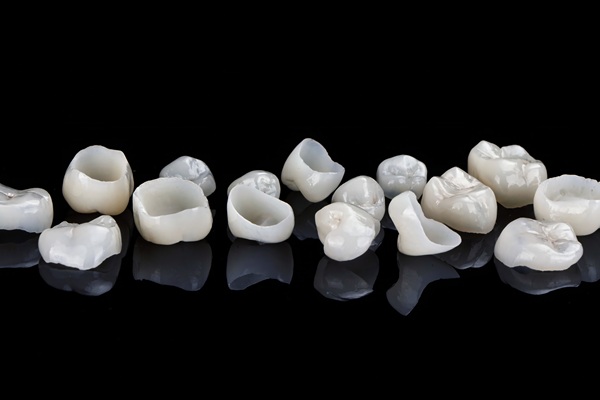What Makes Invisalign Teeth Straightening Unique?

You may have heard of Invisalign® but perhaps you do not quite understand what makes it stand out from traditional braces. Each straightening tool uses different methods to move teeth into more aesthetically pleasing positions.
How Invisalign® works
Like traditional braces, the goal of Invisalign® is also to straighten teeth. This option is less visible but is also less effective at shifting your bite than classic metal braces. Patients with significant bite issues may require the use of regular braces rather than Invisalign®. Your dentist can tell you which option could suit your specific dental needs. Most people wear Invisalign® for at least six months to a year.
What are they made of?
Unlike classic braces that consist of numerous components, Invisalign® consists of clear aligners made of plastic. They are created by taking images and impressions of your mouth. Each aligner brings you one step closer to the straight smile you desire.
What happens once you begin wearing them?
Once you have had your first set of Invisalign® aligners created and begin wearing them, you will need to keep them in your mouth for around 20-22 hours daily. You can remove them to care for your teeth as you normally would but should wear them even while you sleep. Certain foods should be avoided with Invisalign®, such as caramel, gum, and other sticky foods that could damage your aligners.
The frequency of your dental appointments will depend upon your mouth, but most patients see the dentist every one to two weeks for a new set of aligners. Once your teeth have shifted to the preferred position, you will need to wear a retainer at all times for several months to keep them in place.
Conclusion
Invisalign® straighteners are less noticeable than traditional braces because they are made of clear plastic. Additionally, they normally require less time (typically six months to one year) to re-align teeth. Another benefit is that they can be removed to allow you to floss and brush your teeth as normal, rather than needing to clean around the wires of classic braces. Invisalign® is also less likely to cause sores in the patient's mouth because the plastic is smooth.
Request an appointment here: https://smilesdental.com or call Smiles Dental Care at (650) 563-1180 for an appointment in our Mountain View office.
Check out what others are saying about our dental services on Yelp: Invisalign in Mountain View, CA.
Recent Posts
One of the most common orthodontic treatments that a general dentist offers is Invisalign®. This popular way to straighten crooked or crowded teeth offers individuals flexibility and ease while undergoing a discreet method of treatment. With Invisalign®, there are a lot of things to know, as it is a newer orthodontic treatment with a totally different technology…
Invisalign® is a gentler treatment for misaligned teeth. This dental straightening system needs dedication from its patients. The removable aligners guide the teeth into their correct positions. Most patients are still skeptical if the dentist handling the treatment can do the job. If you want to know if your Invisalign dentist can correct your crooked…
Invisalign® is a teeth straightening treatment method that uses clear aligner technology to gradually move teeth into the proper alignment. Invisalign® has grown in popularity over the past decade, and this review discusses the reason for its rising popularity.Invisalign is popular for several reasons. One of the more notable reasons is because they offer a…
Invisalign® can work successfully for people with misaligned or crooked teeth. The treatment, which consists of plastic aligner trays, is considered an effective alternative to regular metal braces. The aligner trays are provided by an Invisalign dentist and fit well over the teeth, inducing the pressure needed to move the teeth to their proper positions.…


